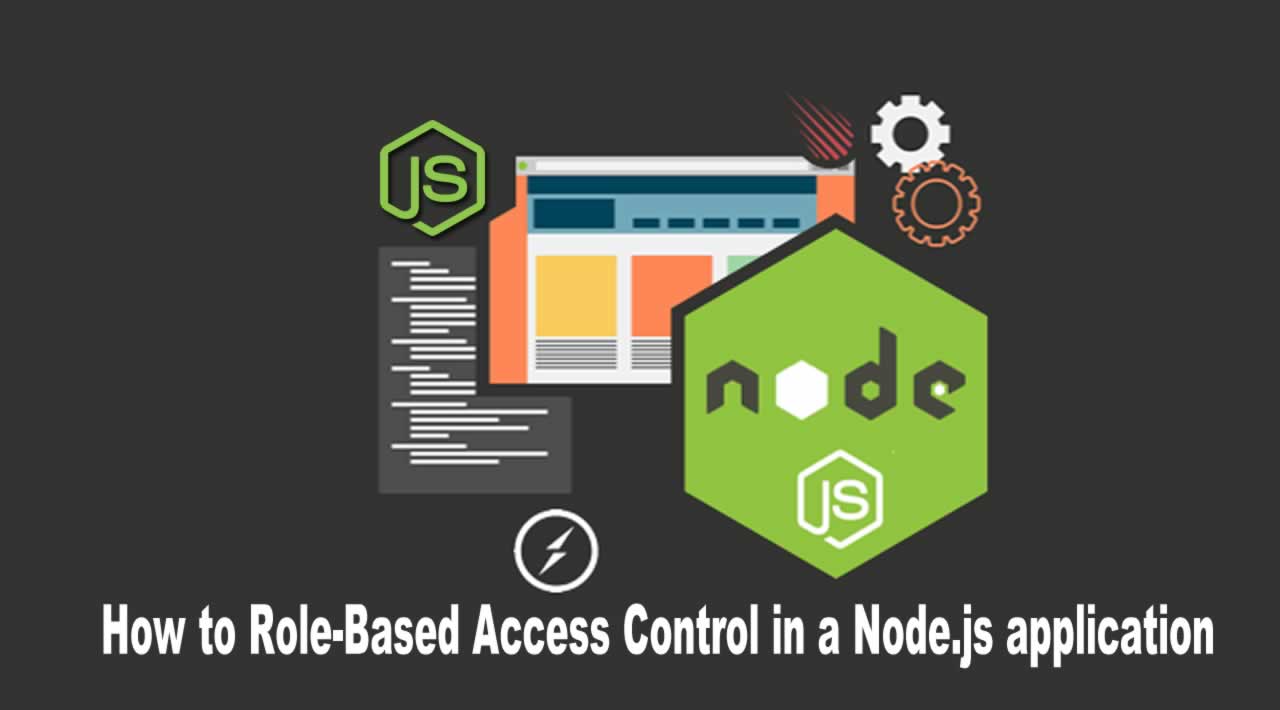In this article you’ll learn how to implement role-based access control in a Node.js application.
What is Role-Based Access Control?
Role-based access control (RBAC) is an approach used to restrict access to certain parts of the system to only authorized users. The permissions to perform certain operations are assigned to only specific roles. Users of the system are assigned those roles, and through those assignments, they acquire the permissions needed to perform particular system functions. Since users are not assigned permissions directly, but only acquire them through the roles that have been assigned to them, management of individual user rights becomes a matter of simply assigning appropriate roles to a particular user.
With that explained, let’s build a simple user management system/application and use role-based access control to restrict access to certain parts of the application to only users with authorized roles. If needed, you can find the code of the application developed all through this tutorial in this Github repository.
Prerequisites
You’ll need to have a basic understanding of Node.js and Javascript to follow along with this article. It is also required that you have the Node package installed, if you don’t have this you can get it from the official Node.js website, adequate instructions are provided there on how to get it setup. The application will also be using the MongoDB database to store user details, so it’s important you get that set up if you haven’t. There are detailed instructions on the MongoDB website on how to download and set up the database locally.
#node-js #javascript
